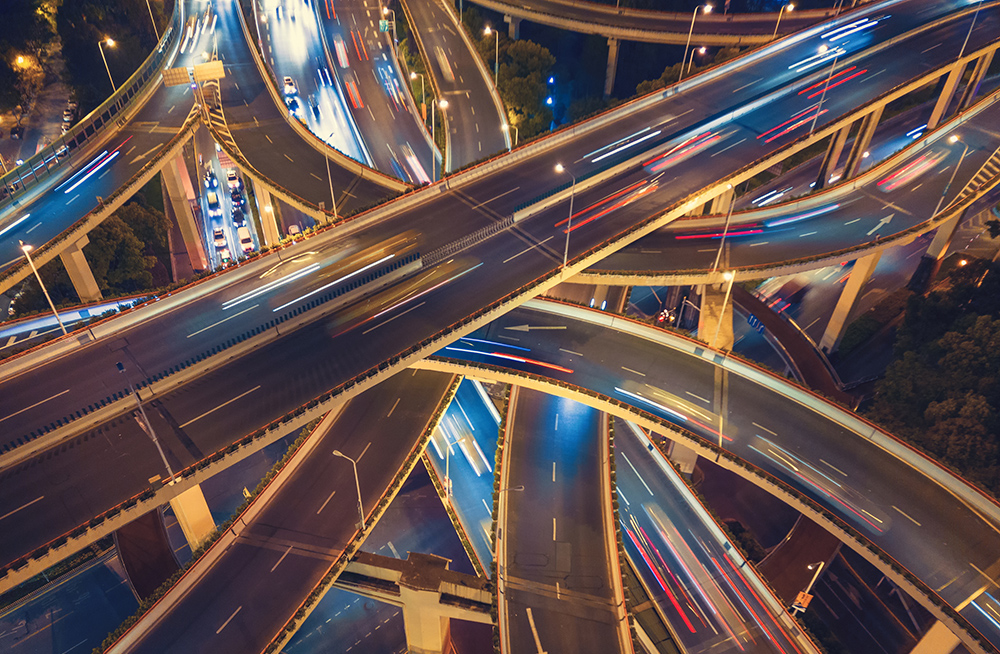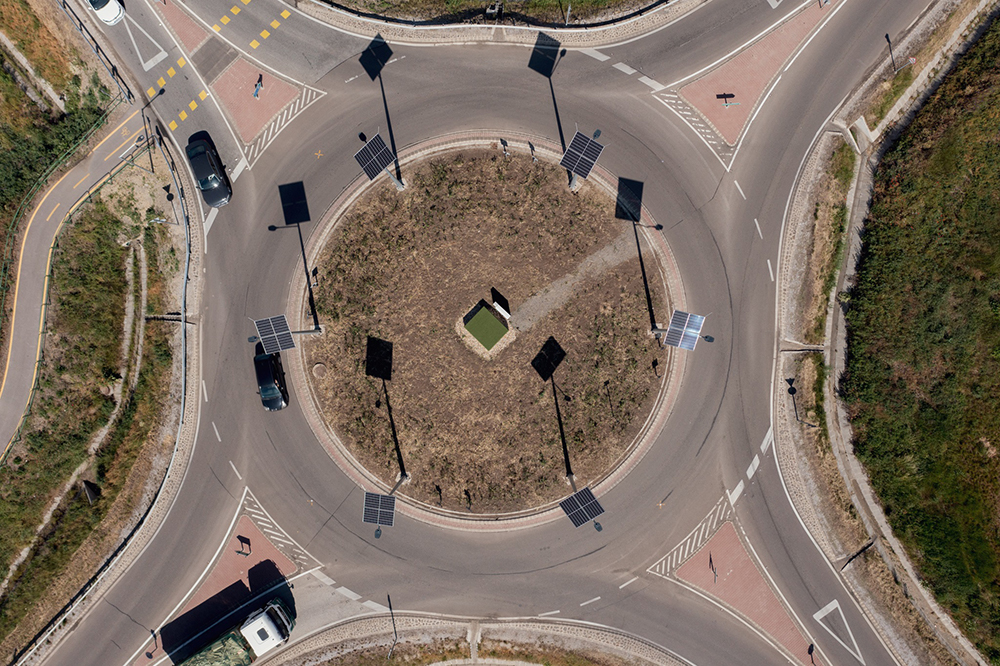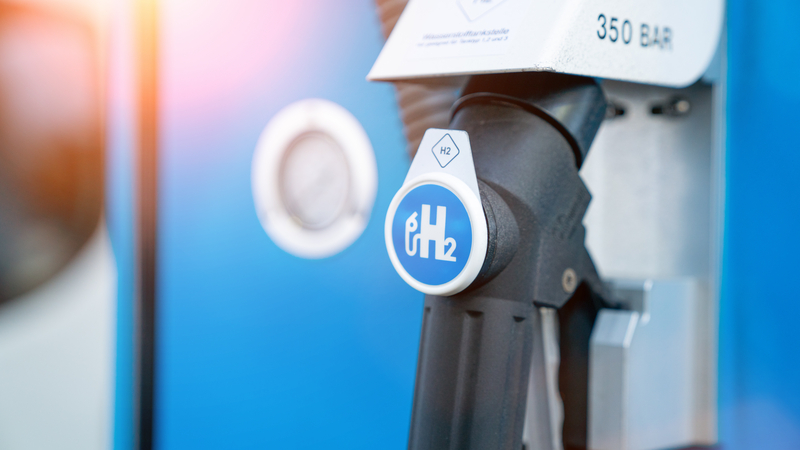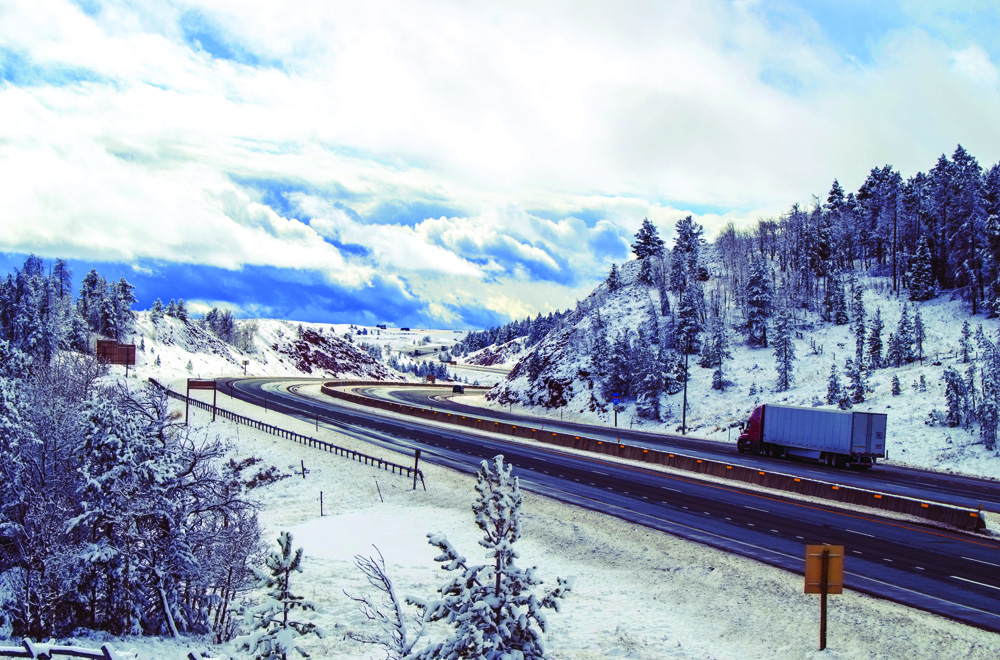
Major technologies available for harvesting energy from the world’s existing road infrastructure come under the microscope in a wide-ranging investigation carried out by the Department of Engineering at the UK’s Lancaster University.
In a review carried out for the Basel, Switzerland-based open-access Multidisciplinary Digital Publishing Institute (MDPI), a team led by Professor Mohamed Saafi defines the most important factors in appraising available solutions. These are costs, product durability and compatibility with standard paving materials such as asphalt and concrete. (The respective advantages and disadvantages are summarised in table 1).

The exercise forms part of the €3.88 million ($4.5 million) Saferup (Sustainable, Accessible, Safe, Resilient and Smart Urban Pavements) programme, financed by the European Commission’s Horizon 2020 fund and led by the University of Bologna. It reflects the fact that, as an available source, urban pavements comprise almost 40% of the area of European cities - as well as providing their main means of travel. Other partners come from Austria, France, Germany, Italy, Latvia and Spain.
How much energy is in our roads?
The Lancaster team concludes that all of the systems that it has looked at (see table 1) have the potential to recover at least part of the inherent energy that is otherwise being wasted. But it warns that, with so much current activity still in the development phase, and given the standard of current evaluations of the maturity of the technologies, more work is needed to fill the knowledge gap that exists between the current situation and the eventual arrival of fully-tested operational forms.
Not least significant is the need, so far unrealised, for fully comprehensive comparative financial appraisals that take into account both long-term performance criteria and the effects of interactions with the physical properties of the roadways being used for the harvesting. Without these, it remains impossible to determine the most beneficial operational form for each potential user case.
Of the available solutions, the team is also looking more closely at the viability of piezoelectric installations, with initial tests on 1.6km (one mile) stretches of road in both Italy and the UK.
The target is the feasibility of recovering between one and two Mw per km under normal traffic volumes of between 2,000 and 3,000 vehicles per hour, and to store the energy being produced in batteries to power streetlamps, traffic lights and electric car charging points.
The main challenge, according to Saafi, is to avoid affecting the performance of vehicles in terms of gas consumption and safety.
Meanwhile, electromagnetic systems that take advantage of the need for speed bumps to encourage safer driving enjoy, as the team points out, the advantage of being “an established form of interaction with the pavement in terms of mechanical performance”. But, it stresses, they need good insulation and regular monitoring for fatigue and corrosion.
How can solar systems help?
Solar systems, using integrated panels, can benefit from widespread public awareness of their capabilities and emerge as currently the most developed available offer, with a high level of technology readiness.
The 2010s witnessed a surge of interest in highway applications and, in 2014, a public-private consortium led by Netherlands transport technology institution TNO built what it claimed as the world’s first solar cycling route, 100m (330ft) long.
Further schemes followed there and in France, and 2018 saw the foundation of specialist company SolaRoad to develop the technology commercially. Total costs were envisaged as likely to be comparable to those of regular roads, with higher initial levels of investment being offset by sales of the electricity generated for use in homes and businesses.
Other uses envisaged include streetlighting, illuminating bus shelters, heating, and powering WiFi access and charging points for electric bikes or mobile phones.
But prospects of extending the concept to major traffic routes met with cost problems arising from panel fragility and repair needs, weather dependence and the shadowing effect of passing vehicles – as with a scheme aimed at establishing a solar bus lane. Subsequently, implementation target areas have shifted towards low-traffic application areas such as business parks, access routes, piazzas and railway station platforms – as well as further cycle paths.
To overcome earlier durability issues, the panels now have non-slip, wear-resistant, transparent coatings and are mounted on concrete slabs, giving a load-bearing capacity of up to 12 tonnes, and are designed to provide skid-resistance for both traffic and pedestrians. The company claims that, in local conditions, the system produces solar power of up to 136 kWh/ m² / year – an efficiency rate of 75% compared with that of roof panels installed on buildings. It also maintains that the overall costs remain comparable to those of constructing conventional roads thanks to sales of the energy generated.
Can roads meet power-generation needs?
As evidence of continuing interest, in July 2021 the Netherlands province of Utrecht, which aims to be energy-neutral by 2040, opened a 330m (1000ft) solar cycle path. The energy this generates is being supplied to the local electricity grid - as well as being available for road lighting and surface heating - and an expanded local network is on the drawing board.

Local officials have stressed the dual use of the pavement space as avoiding the loss of open land to meet power-generation needs – a factor increasingly being seen as boosting public resistance to solar parks and wind farms. (Symbolically, the opening took place on the day that the EU launched new emissions-cutting legislation).
Meanwhile another Netherlands-based company, Soluxio has developed flexible solar panels for wrapping round existing streetlighting posts, to enable them to generate their own energy needs off-grid, with in-built microcontrollers for remote management and lithium batteries. In a parallel gesture to environmental concerns, wildlife-friendly versions minimise the disruption of natural habitats.
In a similar add-on approach, UK-based sustainability specialist Nevana Designs has created a spray-on coating designed to make otherwise normal pathways glow in the dark as an alternative to the deployment of physical streetlighting infrastructure with its ongoing energy costs.
The light-responsive formula enables the absorption of UV rays during the day for later emission as a soft blue glow for up to 10 hours. A sister product, a polymer-based thermoplastic line marking, helps those driving at night to view the road ahead beyond the extent of their headlights.
With an estimated 300 million-plus streetlights currently operating worldwide, a tally expected to top 350 million by 2025, the market for such innovations is potentially huge. Nevana’s Hamish Scott told ITS International: “The cost comparison with conventional street lighting makes you start to wonder why we would persist with it when the answer is to turn it off”.












